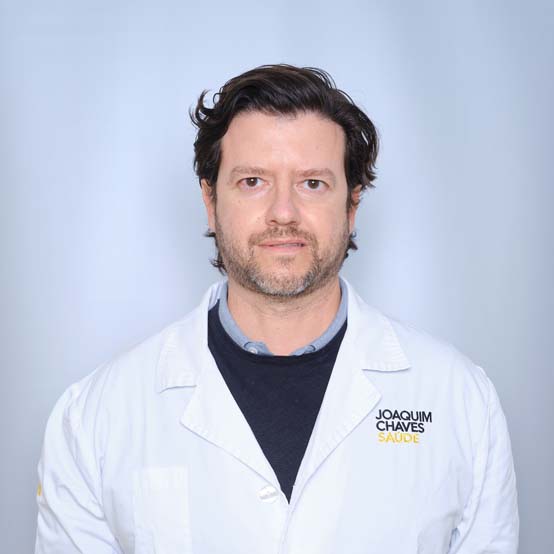What are the principal causes of strabismus?
Strabismus can have various causes associated with the eye muscles, eyesight or neurological factors.
Muscle problems
Strabismus can occur when the muscles that control eye movement are not coordinated or do not function properly. This lack of coordination can be due to muscle imbalances, paralysis of one of the eye muscles, or muscle weakness.
Visual problems
Significant differences in visual acuity between the eyes, such as myopia or hyperopia, can cause strabismus. The eye with inferior vision can deviate to compensate the visual strain.
Genetic factors
When one parent suffers from strabismus, the children are more likely to develop this disorder.
Neurological conditions
Some neurological disease that compromise muscle control can also cause strabismus. This is the case with brain injuries, cerebral palsy or other neuromuscular disorders.
Amblyopia
Amblyopia, commonly known as “lazy eye”, occurs when one eye doesn’t see as well as the other. As a consequence, the brain suppresses the image of the weaker eye, leading the eyes to misalign.
Eye disorders
Some eye disorders, such as cataracts or glaucoma, can increase the probability of developing strabismus, especially if not treated properly.
What are the symptoms of strabismus?
Aside from the evident eye deviation, there are other symptoms associated with strabismus, which can vary according to the underlying cause and severity of the misalignment.
• Double vision, because each eye sends a different visual signal to the brain;
• Tilting head to position eyes in order to minimise double vision;
• Eye fatigue and headaches due to the constant effort for eyes to align;
• Difficulty in three-dimensional visual perception.
How is strabismus diagnosed?
The strabismus diagnosis is carried out in an ophthalmology consultation, with a motor and sensorial evaluation. The physician assesses the patient’s medical and family history, as well as any medication they are taking. The specialist may also perform various tests:
• Visual acuity tests, to evaluate each eye’s vision individually and together, thereby determining if there is a significant difference between them;
• Refraction tests, to confirm if there is myopia, hyperopia or astigmatism, which may be the cause of strabismus;
• Three-dimensional and depth perception tests, to evaluate the patient’s capacity for three-dimensional vision and depth perception.
Based on the results, the ophthalmologist will be able to make a precise diagnosis and develop a treatment plan suited to the patient.
How is strabismus treated?
The treatment for strabismus depends on the underlying cause, severity of the eye misalignment, patient’s age and other factors. The goal of the treatment is to align the eyes, improve eyesight and prevent or treat visual complications. The two most common approaches are:
Occlusion therapy
This approach is only viable to treat strabismus in children – it is not effective in adolescents or adults. Occlusion therapy involves covering the eye with special strabismus patches, which are hypoallergenic and colourful for children to accept the treatment easily. With this method, the misaligned eye is forced to deviate correctly to focus on objects.
Surgery
Surgery is the most common and frequent treatment for strabismus. It is performed under general anaesthetic and may require hospitalisation. The intervention involves repositioning or shortening the eye muscles, depending on the type of strabismus. This surgery is essential not only to correct strabismus, but also to restore the patient’s self-esteem.






